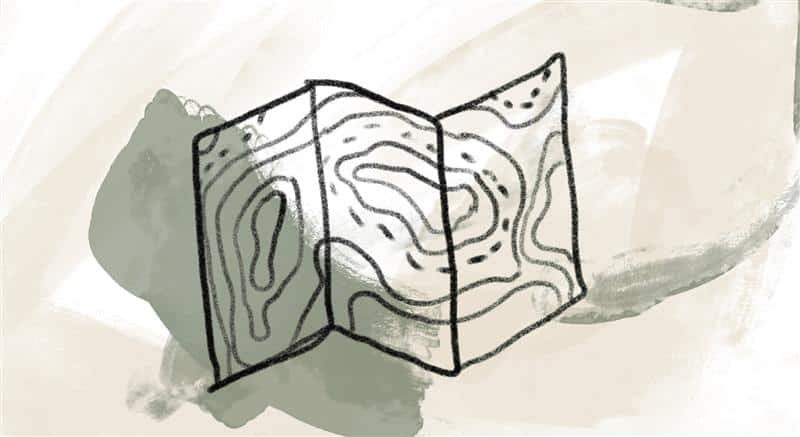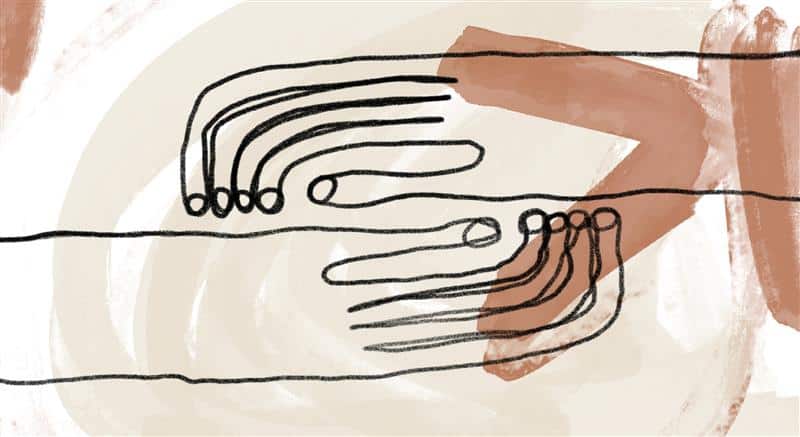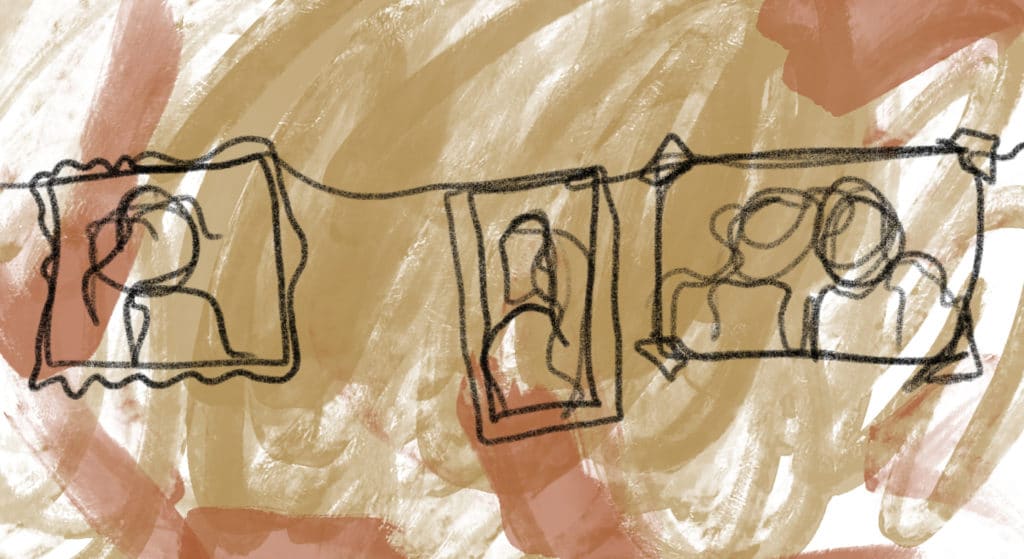
Praise the Lord from the earth,
You sea monsters and all deeps;
Fire and hail, snow and clouds,
Stormy wind, fulfilling God’s word;
Mountains and all hills,
Fruit trees and all cedars;
Beasts and all cattle;
Creeping things and winged fowl …
Let them praise the name of the Lord,
For God’s name alone is exalted;
God’s glory is above earth and heaven.
—Psalm 148: 7–10, 13
God was known and praised in the natural world long before the advent of the written Scriptures. Father Richard writes:
Jewish and Christian traditions of creation spirituality have their origins in Hebrew Scriptures such as Psalms 104 and 148. It is a spirituality that is rooted, first of all, in nature, in experience, and in the world as it is. This rich Hebrew spirituality formed the mind, heart, and teaching of Jesus of Nazareth.
Maybe we don’t feel the impact of that until we realize how many people think religion has to do with ideas and concepts and formulas from books. That’s how clergy and theologians were trained for years. We went away, not into a world of nature and silence and primal relationships, but into a world of books. Well, that’s not biblical spirituality, and that’s not where religion begins. It begins in observing “what is.” Paul says, “Ever since the creation of the world, the invisible essence of God and God’s everlasting power have been clearly seen by the mind’s understanding of created things” (Romans 1:20). We know God through the things that God has made. The first foundation of any true religious seeing is, quite simply, learning how to see and love what is. Contemplation is meeting reality in its most simple and direct form unjudged, unexplained, and uncontrolled!
If we don’t know how to love what’s right in front of us, then we don’t know how to see what is. So, we must start with a stone! We move from the stone to the plant world and learn how to appreciate growing things and see God in them. In all of the natural world, we see the vestigia Dei, which means the fingerprints or footprints of God.
Perhaps once we can see God in plants and animals, we might learn to see God in our neighbors. And then we might learn to love the world. And then, when all of that loving has taken place, when all of that seeing has happened, when such people come to me and tell me they love Jesus, I’ll believe it! They’re capable of loving Jesus. The soul is prepared. The soul is freed, and it’s learned how to see and how to receive and how to move in and how to move out from itself. Such individuals might well understand how to love God.
Reference:
Adapted from Richard Rohr, “Christianity and the Creation: A Franciscan Speaks to Franciscans,” in Embracing Earth: Catholic Approaches to Ecology, ed. Albert J. LaChance and John E. Carroll (Maryknoll, NY: Orbis Books, 1994), 130–131.
Image credit: A path from one week to the next—Loïs Mailou Jones, Jeune Fille Français (detail), 1951, oil on canvas, Smithsonian; Textile Design for Cretonne (detail), 1928, watercolor on paper, Smithsonian; Eglise Saint Joseph (detail), 1954, oil on canvas, Smithsonian. Click here to enlarge image.
Creation teaches us to love God in all Her death, decay, fallow times, insemination, growth, blooming and life and death and life.
Story from Our Community:
I have been reading the daily meditations for a few years now. Rarely a day goes by when there hasn’t been an “ah ha!” moment, an eye-opener, a new perspective to consider. But it really hit home recently as to just how much an impact these meditations have had on me. I was in the midst of making a very difficult decision, one that had me tossing and turning at night. During one of these sleepless moments, I asked God for help. Admittedly, I’m not one to pray often. “What should I do?” It didn’t take long for the answer to come, not ‘out loud’ but in my heart. My heart was telling me, “Make your decision from a place of love, not fear. Always love.” I knew immediately what my decision would be. And there have been no regrets. In fact, it has taught me to trust this notion of always operating from a place of love. Thank you, Fr. Rohr and everyone at CAC. —Kathleen C.




